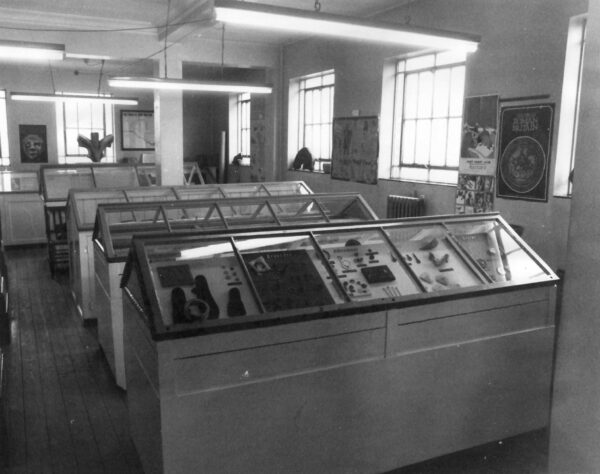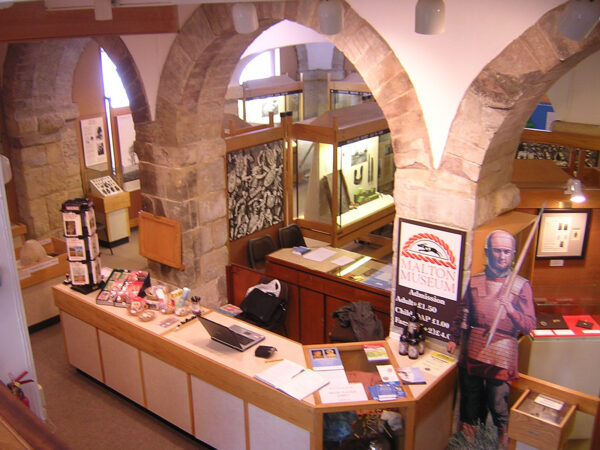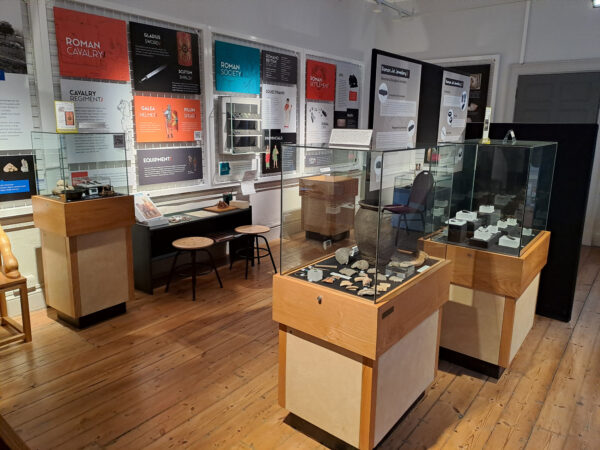The Beginnings
Interest in the past of the Malton and Norton area goes back a long way – it is known that an inscribed Roman stone from Malton was shown at the Royal Society in London in 1755. By the 1880s the Malton Field Naturalists and Scientific Society was a small group with a growing interest in the area’s past and they began to collect donations of geological, fossil and natural history specimens along with some archaeological items. The Society set up a small number of display cases in one room of the Subscription Rooms at Malton, but these only enabled them to display a small proportion of their collection.
Roman Malton Museum
In 1932 the natural history, geological and fossil collections were given to Hull museum, where unfortunately some of it was destroyed when that museum was bombed in 1943.
In the late 1920s and early 1930s, excavations of sites at Malton fort, Langton villa and Crambeck by Dr J.L. Kirk and Mr Philip Corder produced a wealth of Romano-British material. A room in the newly-built Milton Rooms was made available for the display of this collection along with the archaeological objects from the Field Naturalists’ and Scientific Society collection. Opened in 1935, this was called the Roman Malton Museum, as announced by a hanging sign outside the Subscription Rooms in Yorkersgate.

The Town Hall
The Museum eventually outgrew the space in the Milton Rooms, and in 1982 it transferred into the Old Town Hall building at Malton. Still entirely run by volunteers, it thrived, with an extensive Roman exhibition on the ground floor and a room on the first floor for temporary exhibitions, including one showcasing the long-running excavations at the deserted medieval village of Wharram Percy in the nearby Yorkshire Wolds.
The addition of an education room meant that the Museum was able to welcome school groups.

Museum in the Community
The 21st century brought changing fortunes, and an expiring lease on the Old Town Hall building led to the museum facing closure in 2012. Other museums might have withered in such circumstances, but enthusiasm and determination ensured Malton Museum’s rebirth as Malton Museum in the Community – if the public could not come to the objects, the objects would go to the public through a creative programme of events for audiences of all ages.
The Museum Today
In 2013 the Museum was fortunate enough to obtain the use of two large rooms in The Subscription Rooms, back where it had all started. This was an opportunity once again to create permanent but changing displays to share some of the collection with the public, as well as to restore the rooms to some of their former glory. The volunteers rose to this challenge and the Museum is now more engaged and active than it has ever been.
The Museum is fully accredited by Arts Council England, and is a registered charity.

